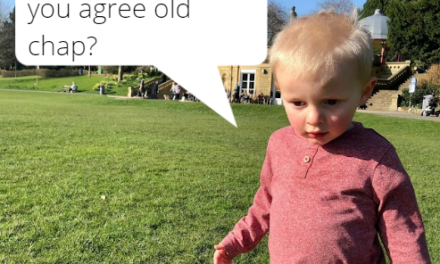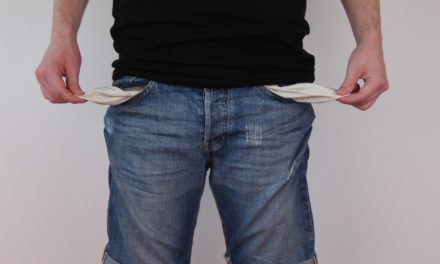Burning cheeks, a tsunami of drool, waking up at night howling in pain. I’m not talking about the time you tried to show off by eating a Vindaloo.
I am of course referring to teething.
Sure, it’s an exciting moment for us parents when that first little flash of pearly white appears.
Over the next couple of years, the sprog will go through several phases of teething until they’ve got a complete set of 20 little milk teeth.
If you’re lucky, these phases will pass by quite painlessly, with nothing more than a greater urge to chew on things and some rosy red cheeks.
Chances are though, your babby will experience some of these symptoms:
- Red, sore gums
- Flushed cheeks
- Mild fever
- Mild rash
- Increased dribbling
- More agitated
- Disrupted sleep
We were lucky with Mia. She went through 4 or 5 teething phases which came and went pretty quickly – a couple of days of slight agitation and some dodgy nappies. A full set of gnashers not long after her 2nd birthday. Job done.
(The link between teething and a sudden increase in the potency of your baby’s poop is a strange one. The NHS says there’s no evidence to link your baby’s teething with diarrhoea, but whenever Mia and Jude were teething, their plop did seem to acquire an acrid aroma and a looser consistency. And sure enough, every parent I’ve ever spoken to about teething says “Ooh, watch out for those nappies”.)
Teething torture
With Jude, however, it’s been a very different story. A horror story of agony, screaming and gore. Well, maybe that’s a slight exaggeration, but it’s certainly been one of the less pleasant phases of our parenthood so far.
Firstly, everything is taking longer. He’s a long way behind his teething schedule. Just before his 2nd birthday, he didn’t even have all his incisors. The NHS says they should have everything except their final molars by now. God only knows how long the teething torment will be dragged out.

And worse than that, each new phase of teething seems to last for ages. Like the tremors that precede a terrible volcanic eruption, Jude seems to suffer from pain in his gums long before a tooth appears.
When one finally does emerge, it takes its sweet time about it. As if it doesn’t want to leave the soft pink solace of the gums and face up to the ferocious world of food.
This means that Jude suffers for at least 2 weeks with each phase of teething.
Often, this results in him waking up at some time between 12 and 5 am in a foul and uncontrollable temper. There’s nothing we can do except try to comfort and distract him.
I feel like I should add that we are quite lucky when it comes to nighttimes. Both our kids have been pretty good sleepers overall. I know of parents whose kids haven’t slept through a single night for years.
Jude does go through these phases of sleepless nights which last a few weeks, but it’s nothing compared to what some parents go through. When these episodes happen, I often think of those parents with sympathy and admiration. Hats off to you, I honestly don’t know how you manage.
Anyway, since Jude still has plenty of gaps in his cheeky little smile, I guess we’ll have a few more episodes of dental distress to deal with.

Relief for teeth
We’ve tried some things like special chew toys and what have you, to try and ease Jude’s (and our) suffering. But none of it has worked with him, so I can’t really give any advice from my own experience. So here are some ideas from the experts if you’re going through a bit of teething turmoil.
- Teething rings – These are soft toys, usually made of silicone or rubber and are safe for baby to chew. Many can be cooled in the fridge to increase their soothing effect. Never freeze them, as they can damage baby’s mouth if frozen, and never tie them around baby’s neck as they can be a choking hazard.
- Pain relief – Some good old Calpol should help with fever and discomfort. As it contains paracetamol, check the recommended dose and never give more than it says, no matter how much pain you think the little one is in.
- Teething gels – Available in most supermarkets and pharmacies, these can be rubbed into the little one’s sore gums and provide a very mild anaesthetic. NHS says there’s little evidence they work but it could be worth a try.
- Comfort and distract them – Sometimes, the only thing you can do is try to take their mind off the pain. It’s the only thing that’s worked for us with Jude when he’s woken up bellowing the house down in the middle of the night. We read some books, sing some songs or even put his favourite DVD’s on until his tiredness overcomes his discomfort.
Had a similarly difficult experience with teething? Or have you found a novel way to ease your baby’s grief of the teeth?
Get in touch and let us know about it.






Recent Comments